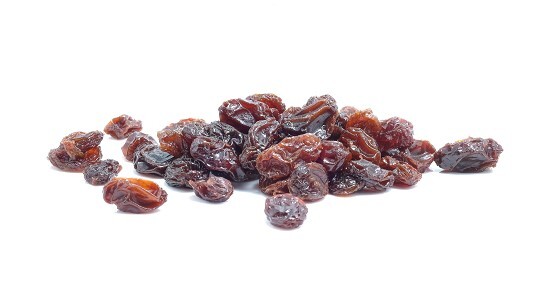

Imbibition is the most important part that takes place before germination. It helps the seeds or more specifically plant's absorption of the water. It is a process of diffusion, which only takes place when the solids or colloids absorb the water and increases in volume. It causes swelling in the seeds which causes the breaking of the seed coat.
Imbibition can be defined as a phenomenon, where the solids or the colloids absorb the water and it occurs without any kind of solution formation. In the case of seeds, the imbibition is the first step of the germination process. With the help of this process, the seed coat absorbs the water then the embryo and endosperm absorb it. That is the time when the germination process starts. The term imbibition means, to drink, in simple words the imbibition of the seeds means that the seeds imbibe the water. For example, raisins in water increase their volume due to the imbibition of the water.

Figure 1: Germination of seed
During the imbibition process, heat energy is released and increases seed cells' metabolic functions. The absorption of the water causes dramatic changes in the seeds which start increasing in volume. The dry woods can easily help one understand it. If dry woods are soaked in the water, they will be grown in terms of volume.
Some major factors can affect the imbibition process of a seed. They are-
Temperature is the most important factor that can affect the imbibition rate. The process is directly affected by the slightest change in the temperature.
The nature of the imbibant is a matter of concern in the imbibition process. For example, if one compares starch and proteins, the first one has lesser capacity while the second one has more imbibing capacity.
The concentration of the solute can affect the imbibition rate; it has indirect proportional relation with the rate.
Imbibition rate is related to the imbibant’s surface area. If the surface area is greater then the imbibition rate will be more.
The imbibition process occurs due to the presence of two colloids, such as lyophilic and hydrophilic. The sub-microscopic capillaries that are located on the body surface imbibe water. The process continues until the establishment of dynamic equilibrium. It causes the increment in the volume of the imbibants and results in an imbibition pressure.
The study aims to understand and demonstrate the amount of water that is imbibed by raisins.
To complete the experiment, a few items are required. They are-
Electronic balance
Blotting paper
Beaker
Petri dish
Distilled water
Raisins (around 25 to 30)
Spatula
At first, distilled water needs to be added to a clean beaker.  Then, 20 clean, dried and fresh raisins need to be taken with their stalks. Their weight needs to be measured by the electronic balance. All the measurements need to be noted. In the next step, the raisins should be added to the beaker, which is filled with distilled water. It needs to be left for the next 2 to 3 hours, undisturbed.
Then, 20 clean, dried and fresh raisins need to be taken with their stalks. Their weight needs to be measured by the electronic balance. All the measurements need to be noted. In the next step, the raisins should be added to the beaker, which is filled with distilled water. It needs to be left for the next 2 to 3 hours, undisturbed.
The blotting papers need to be placed on a petri dish and then the raisins need to be added to that plate. Gently they need to be dried and after that weight needs to be measured once again of the wet raisin and all the measurements needs to be noted. The calculation of both measurements will provide the result.
The two states of the raisin and their weight that are measured by the electronic balance need to be written properly.
The format will be-
The weight of the Raisins that are dry = x gm
The weight of the raisins that are wet = y gm
Then, the calculation will be-
The water absorbed by the raisin is = (y-x) gm
The percentage of the absorbed water is = (x-y)/x
For the best result, the experiments need to be conducted by maintaining a few precautions such as, the raisins should be dry and clean. Other than that, the stalks have to be intact. Other materials have to be clean because impure material can hamper the process.
Imbibition is the crucial stage for any seeds because it leads to the process of germination. Moreover, the force that is generated at the time of imbibition is essential for the cohesion of the water. It also causes the retention of the water that occurs in the fruits and it is responsible for the water movement to the ovules.
Q1. What is the next step of imbibition?
Ans. Proper imbibition of dry seeds lead to the next step which is germination. However, the imbibition process needs to be completed under specific conditions, such as they need an appropriate temperature, a specific amount of oxygen, and proper light.
Q2. What is the imbibition pressure?
Ans. One kind of pressure that is developed at the time of imbibition in the imbibant, is known as the imbibition pressure. It can be defined in other words that the imbibants exerting pressure after the imbibition, is the imbibition pressure.
Q3. What is the difference between imbibition and diffusion?
Ans. The main difference between diffusion and imbibition is that the first one does not involve any kind of affinity between the two systems, whereas imbibition requires that between the imbibate and imbibant.
Q4. How can one measure the imbibition?
Ans. The imbibition can be measured by determining the mass of a seed sample, at the point of time when it encounters the water. Otherwise, it can be measured by measuring a sample of seeds displaced in a graduated cylinder.